
Public health policies and treatment advances have made a difference.

Public health policies and treatment advances have made a difference.
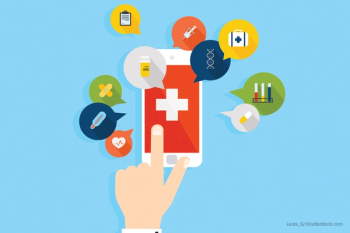
But there are plenty of holdouts. Half of submissions are still done by phone or fax.

The opioid epidemic has led doctors and patients to look for other ways to control pain, and they’re turning to technology for answers.

When deploying technology that keeps personal health information and other healthcare data safe, health systems stay proactive.

Increasing chronic care needs are incentivizing direct-tech services.
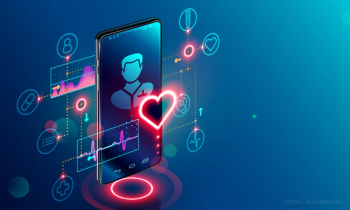
The healthcare industry is investing considerable resources to reach and engage consumers through mobile devices.

Data is only valuable if it’s analyzed correctly. But that’s easier said than done.
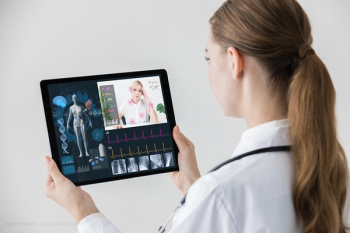
The state of telemedicine and remote patient monitoring.
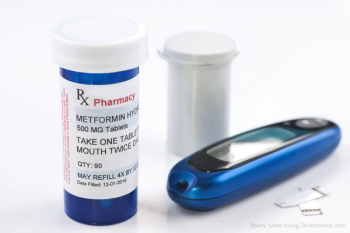
How new technologies are helping patients with diabetes better manage the disease.
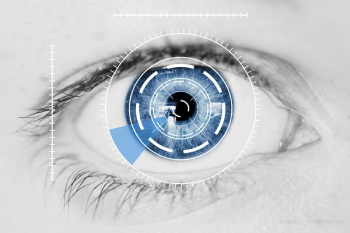
Patient identification is in desperate need of an overhaul-and biometrics could be the answer.
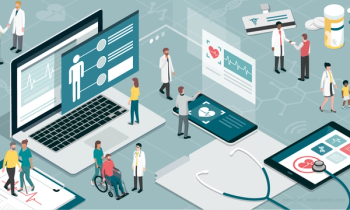
It’s an exciting time for healthcare technologies. Here are the ones you need to look out for in the next ten years.

This massive partnership is breaking down barriers and improving patient care.
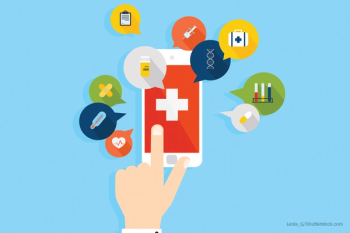
Here’s what you should be investing in as the new year comes.

Here is a list of how technology has aimed to more seamlessly connect healthcare organizations in 2018.

Here’s how to keep your technology roadmap on track.

Here is a list of technologies that make patient engagement with healthcare organizations more insightful and interactive.

With so many developments in healthcare technology, here’s a list of the news that is most important to healthcare executives.

These technology solutions on the market can treat chronic pain, allowing patients to eliminate or decrease their dependence on opioid drugs.

Here are five of the most promising healthcare technologies that will make your healthcare organization in step with the future.

The amount of data in healthcare is growing, but that’s not necessarily translating to improved patient outcomes. Here’s why.

A report from KLAS Research ranks sheds light on these popular tools and how vendors are missing the mark.

Executives speculate on what’s next following the remote patient monitoring CMS rule.

Artificial intelligence (AI) in healthcare is no longer a futuristic idea. Organizations are benefiting-on administrative and clinical levels-from practical adoptions that make cost savings and better patient care a reality.
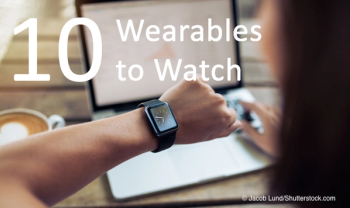
As more apps come to market, wearable users look for more sophisticated devices. Here are 10 of them.


Many healthcare organizations are expanding leadership roles to help meet business and patient-centered goals.

Access to medical records is key to building patient engagement. Here’s why some patients are struggling to access their own data.

A survey from EY reveals how consumers use technology and how to mix engagement tools and existing EHR features.

Using EHRs and other technologies can enhance care coordination, patient engagement.

Many healthcare organizations are expanding leadership roles to help meet business and patient-centered goals.

Published: November 27th 2020 | Updated:

Published: November 16th 2017 | Updated:

Published: November 1st 2017 | Updated:

Published: November 1st 2017 | Updated:

Published: November 1st 2017 | Updated:

Published: December 7th 2017 | Updated: